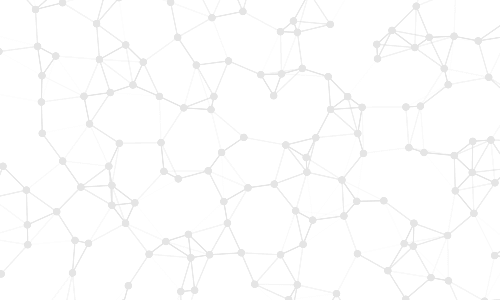Published July 22, 2025
Ryanair: Competitive Cost Advantage Through Network Design & Fleet Planning
inpractise.com/articles/ryanair-building-a-competitive-cost-advantage-through-strategic-network-and-fleet-planning
Executive Bio
Former Route Development Manager at Ryanair
Interview Transcript
Disclaimer: This interview is for informational purposes only and should not be relied upon as a basis for investment decisions. In Practise is an independent publisher and all opinions expressed by guests are solely their own opinions and do not reflect the opinion of In Practise.
This is a snippet of the transcript.to get full access.
That's quite an interesting story. I would like to focus on Ryanair and understand the route selection process. I spoke to a former colleague of yours yesterday. She helped me understand the differences in the types of airports and destinations that Ryanair would target versus EasyJet. Ryanair typically targets non-slot constrained airports. If I were to bring you back to your role at Ryanair today to develop new routes, how would you approach it?
One of the biggest challenges at Ryanair was the influx of aircraft, growing at double digits, with six or seven new aircraft every month. This required quick action, and from a revenue management perspective, new routes didn't face much pressure. They were essentially low-factor, active and passive. They didn't focus on yields; they set fares to fill flights at 90% to 95%, regardless of other factors.
This is a snippet of the transcript.to get full access.
What dictated the need for more aircraft? Was it the desire to develop new routes, or did the arrival of aircraft necessitate allocating them to new routes?
One of the biggest competitive advantages Ryanair has developed over the last 25 years is making large aircraft orders and opportunistic aircraft purchases. For example, when Boeing was experiencing difficulties, Ryanair would purchase 200 aircraft from them. Once you buy 200 aircraft, you need to keep things moving, knowing that these aircraft will eventually be scheduled. Everything starts with fleet planning, which is fundamental for network planning. Without aircraft, you can't have routes. Essentially, we had a large Boeing order and knew the timeline for incorporating those aircraft into the network. With those numbers, we needed to find space for the aircraft, typically scheduling for the next five years.
This is a snippet of the transcript.to get full access.
Do you have an idea of the fixed overhead per route, like marketing costs, etc? Or how do you look at this internally?
Typically, the rule of thumb is about 65% to 70% variable and 30% fixed costs. However, it varies. Most of the variable costs are fuel-related, which is roughly 40% of an airline's costs. It's all about balancing these expenses.
Free Sample of 50+ Interviews
Sign up to test our content quality with a free sample of 50+ interviews.
Or contact sales for full access
Related Content

Honeywell Aero: US Defense OE and Aftermarket Sales Process & Margins
Former Senior Director at Honeywell

FTAI: Module Swap Process
Former Sr. Vice President, Aircraft Leasing / Marketing at FTAI Aviation

ESCO Technologies: Operating Culture & Aerospace Subsidiary
Former Executive at ESCO Technologies subsidiary

FTAI Aviation: Module Swaps vs CFM’s Locked Ecosystem
Former Chief Engineer at GE Aerospace
© 2024 In Practise. All rights reserved. This material is for informational purposes only and should not be considered as investment advice.
